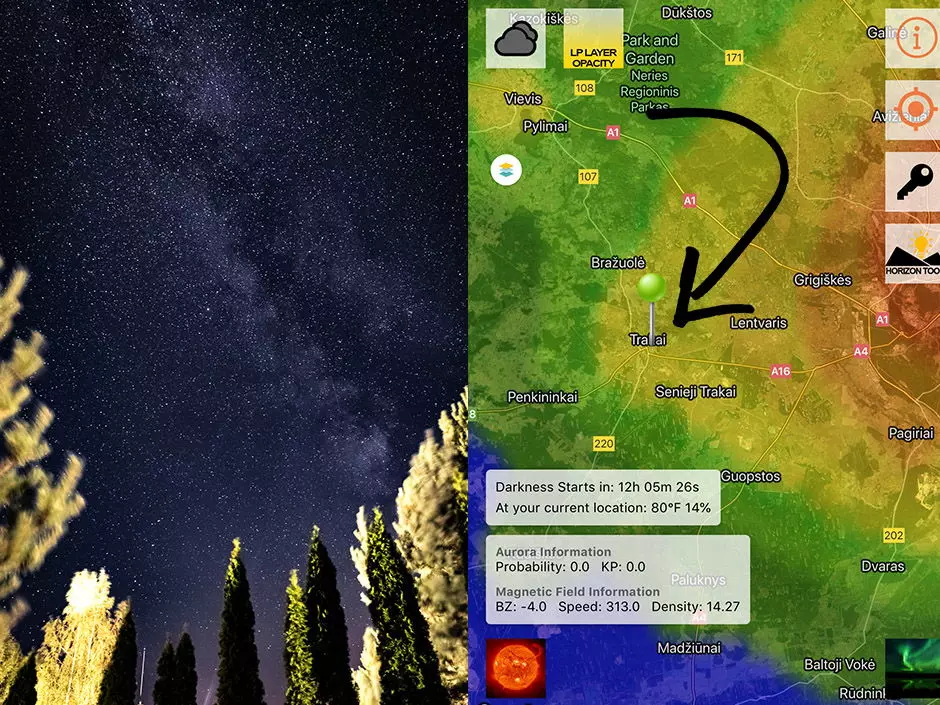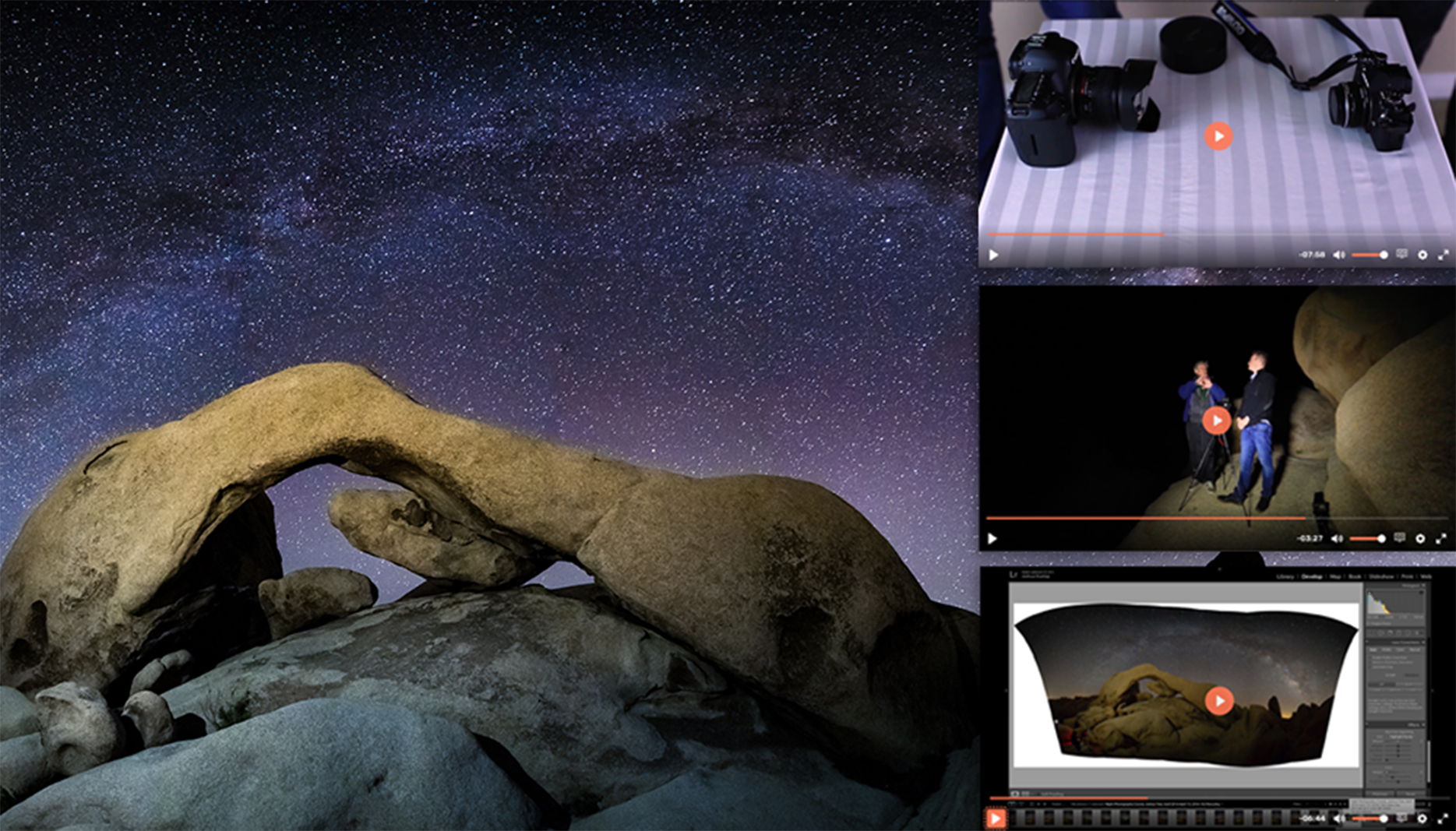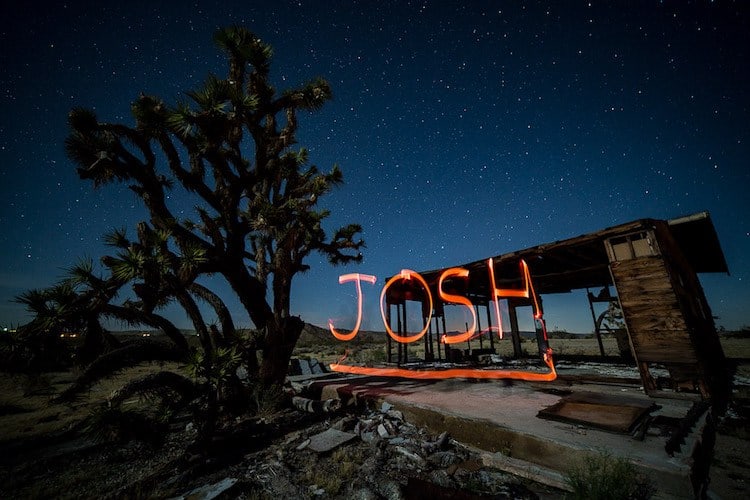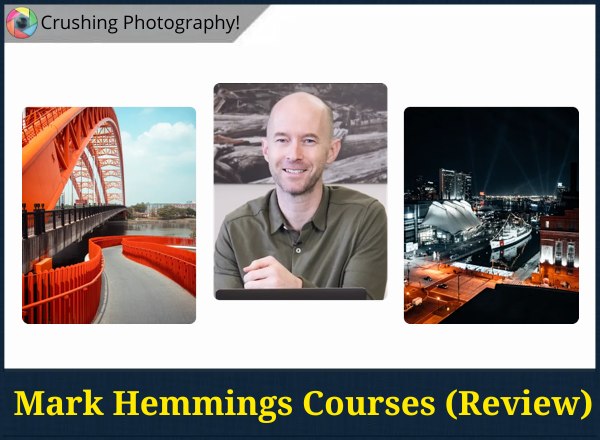
I’ll be honest…
When you invest in Expert Photography courses, your money is always well spent.
They offer everything from absolute beginner skills to those advanced techniques like macro and night photography that actually teach you to take photos that stand out.
Today, we’ll discuss the Milky Way Mastery course.
In this Milky Way Mastery review, you’ll learn:
- What’s in it for you
- Who the course is for
- Who’s behind the lessons
- Is Expert Photography’s Milky Way Mastery worth it
And a few extra thoughts from someone who’s been following their stuff for a while.
Without further ado, let’s get started.
Milky Way Mastery Course (Summary)
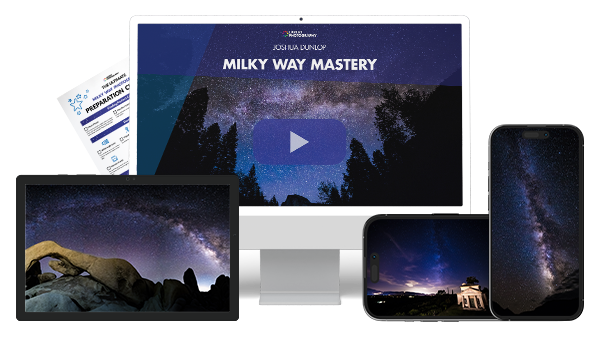
- Course Name: Milky Way Mastery
- Creators: Josh Dunlop & Casey Kiernan
- Category: Astrophotography
- Best For: Beginner-intermediate night sky photographers
- Format: Online video lessons
- Price: $99
- Money-Back Guarantee: 90 days
- Rating: 4.5/5 stars
Let’s be honest…
The Milky Way is one of those sceneries that just turns people into complete awe.
There’s something magical about that swirling band of stars stretching across the night sky that makes even the most seasoned photographers want to grab their cameras and head out into the darkness.
This course promises to teach you exactly how to capture that magic, and for $99, it seems like a pretty sweet deal if you ask me.
What makes this course really cool is that it’s perfect for those who love astronomy and stargazing, but honestly, anyone can take this course.
The instructors break everything down so clearly that even if you’ve never pointed your camera at the night sky before, you’ll walk away feeling confident about your next astrophotography adventure.
I think that’s brilliant because night photography can feel pretty intimidating at first.
The course covers everything from the gear you actually need (spoiler alert: you probably don’t need to break the bank) to the post-processing tricks that make your shots pop.
If you’re like me, who’s always been fascinated by the cosmos but struggled to translate that wonder into decent photos, this might be exactly what you need.
==> Click here to check it out.
About The Experts Behind the Course
This course is taught by two experienced photographers with a shared passion for capturing the night sky.
Josh Dunlop, founder of Expert Photography, teamed up with Casey Kiernan, a well-known name in the astrophotography scene.
Josh wanted to bring in someone who lives and breathes night sky photography, and Kiernan was the perfect fit.
Together, they’ve created a course that’s both beginner-friendly and insightful.
Keep reading to meet the instructors who’ll be guiding you through your Milky Way journey.

Josh Dunlop: Expert Photography Founder
JD is the mastermind behind Expert Photography, and he’s been sharing his photography knowledge with over 90,000 students worldwide for more than six years.
What I love about him is how he makes difficult photography concepts feel totally accessible.
He offers a lot of bestselling courses, including:
- Infinite Exposures
- Photography for Beginners
- Simply Stunning Landscapes
- And many more specialized courses
For me, he’s the perfect fit, with his decades of experience in the industry and over six years as an instructor known for breaking down complicated topics into something you’ll actually understand.
Casey Kiernan: The Astrophotography Specialist
As Joshua said, Casey is seriously the Michael Jordan of Milky Way photography, and I’m not even exaggerating here.
He’s an award-winning astrophotographer whose stunning work has been featured in major publications and broadcast on channels like CBS News, History Channel, and Al Jazeera.
He specializes in capturing the night sky, desert landscapes, and timelapses, and he’s been leading photography workshops for skill level for over two decades.
He runs Joshua Tree Workshops and Iceland Photographers Workshops, where he guides small groups through hands-on experiences in some of the world’s most incredible dark sky locations.
His professional accomplishments and years of teaching experience make him the perfect person to share the secrets of capturing those jaw-dropping Milky Way shots we all dream about.
And with Josh Dunlop’s insights shaping the course structure and learning experience, you’re getting the best of both worlds. Pretty awesome!
What’s Inside Milky Way Mastery?
Now…
Let’s discuss the outline/structure.
To give you the best education possible, the course is packed with incredibly detailed modules that cover absolutely everything you need to know.

The instructors have really thought through every aspect of the learning process, from the initial planning stages all the way through to final post-processing.
Below is an overview of the modules that will transform you from someone who’s curious about night sky photography into someone who can confidently capture stunning Milky Way images.
Module 1: Gear & Accessories
This module answers the big question: do you really need expensive gear to shoot the Milky Way?
Josh and Casey break down the important tools and apps to use, including a few unexpected ones that make a big difference.

